Friday afternoon my wife and I went to Kroger to pick up some groceries. As usual, our small list became a full cart. Kroger is one of the four grocers we shop at but it’s not our regular grocery store. As we walked in, my wife saw a Krogo cart and suggested we try one.
In case you aren’t familiar with it, KroGo uses a smart cart from Caper. On the top of the carts are a small tablet sized display and scanner. A shopper picks up an item off the shelf, scans the item barcode, the scanner reads the barcode and adds the item price to the order which is tracked on the tablet display. The display which shows a running tab of items and price on the display. If you have used an Amazon or other smart cart, they are all about the same.
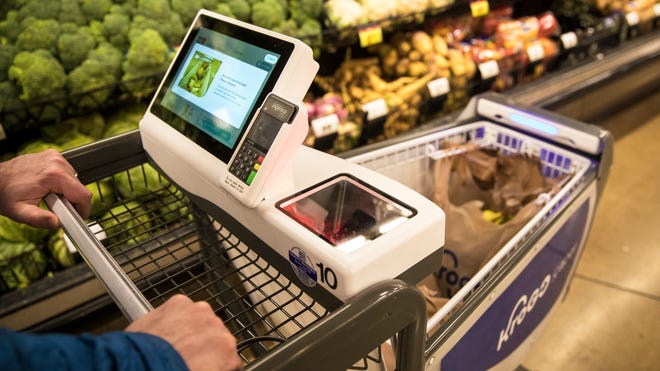
Make it Ridiculously Easy
We started in fruits and veggies and it worked just fine. We then put a four-pack of Cut Water (Tequila Paloma, my wife’s favorite) through the process, but the scanner wouldn’t read it (likely an age restriction thing).
When I realized some eggs were on sale, I punched my loyalty number in on the cart display but I needed to have clipped the digital coupon to get the sale price. I didn’t have time for that, and didn’t know my loyalty password, so I moved on.
How do we check out?
There was a sign over both self-checkout aisles that read Self-Checkout & Krogo. The area was pretty busy (Friday afternoon) and we couldn’t tell where to go or what to do once we were under the sign.
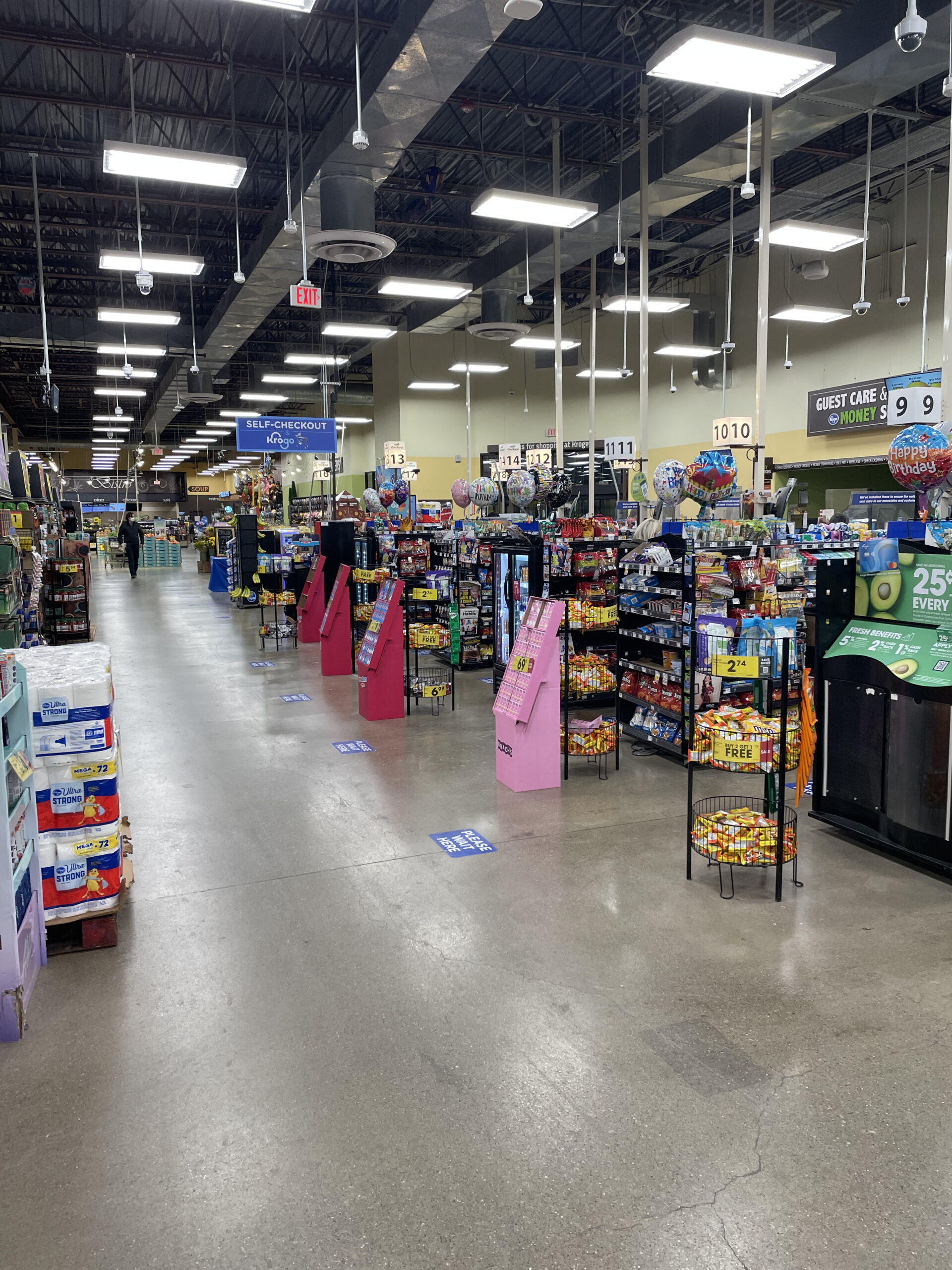
There was no other indication for Krogo and no associate to help us. The Kroger associate stationed there was helping another shopper with her order at a self-check machine at that moment.
We stood there, I am sure looking a little confused, for a solid 3 minutes. All, while letting other shoppers behind us go through the self-checkout process. We walked to the other side of the self-checkout but it was a product display, not a Krogo checkout area.
When the associate finally finished helping the other shopper, we asked for help. We told her we needed to pay but that our Cut Water wouldn’t scan and that we needed help getting the coupon for the eggs on sale. She had me scan the Cut Water and eggs at the self-checkout scanner. Once that transaction was complete, we paid for the other groceries using the Caper system on the cart.
As we were walking away, my wife said that was a “waste of time”, we should have just used a regular cart.
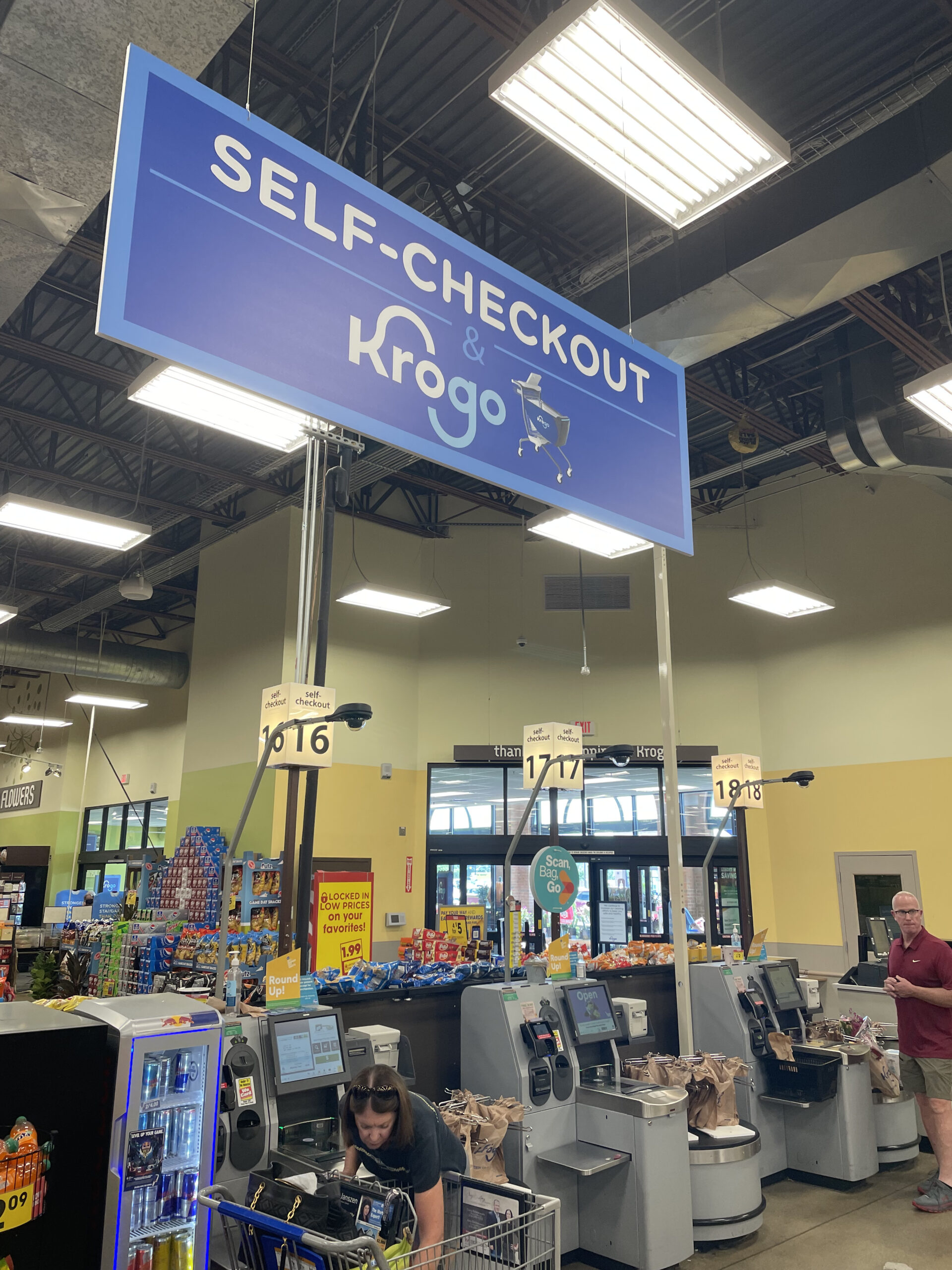
Frustrations Minor and Major
The experience left a bad impression on me and, more importantly, my wife. My biggest frustration wasn’t the Cut Water issue, that happens. It was the lack of focus on overall customer experience.
Minor.
I needed to pull my phone out to figure out the digital coupon issue. There is a display on my cart, I am logged in, I hadn’t seen the coupon until I was standing in front of the eggs. The friction was completely unnecessary. Make it easy for me to get the lowest price, period. That’s an issue beyond Krogo. Maybe I’ll cover that in another post.
Major. Someone at Kroger thinks a single giant Self-checkout Krogo sign over self-checkout is enough for people. It’s not. If I stood there, looking around for some indication of what to do, there is no doubt, others have the same problem.
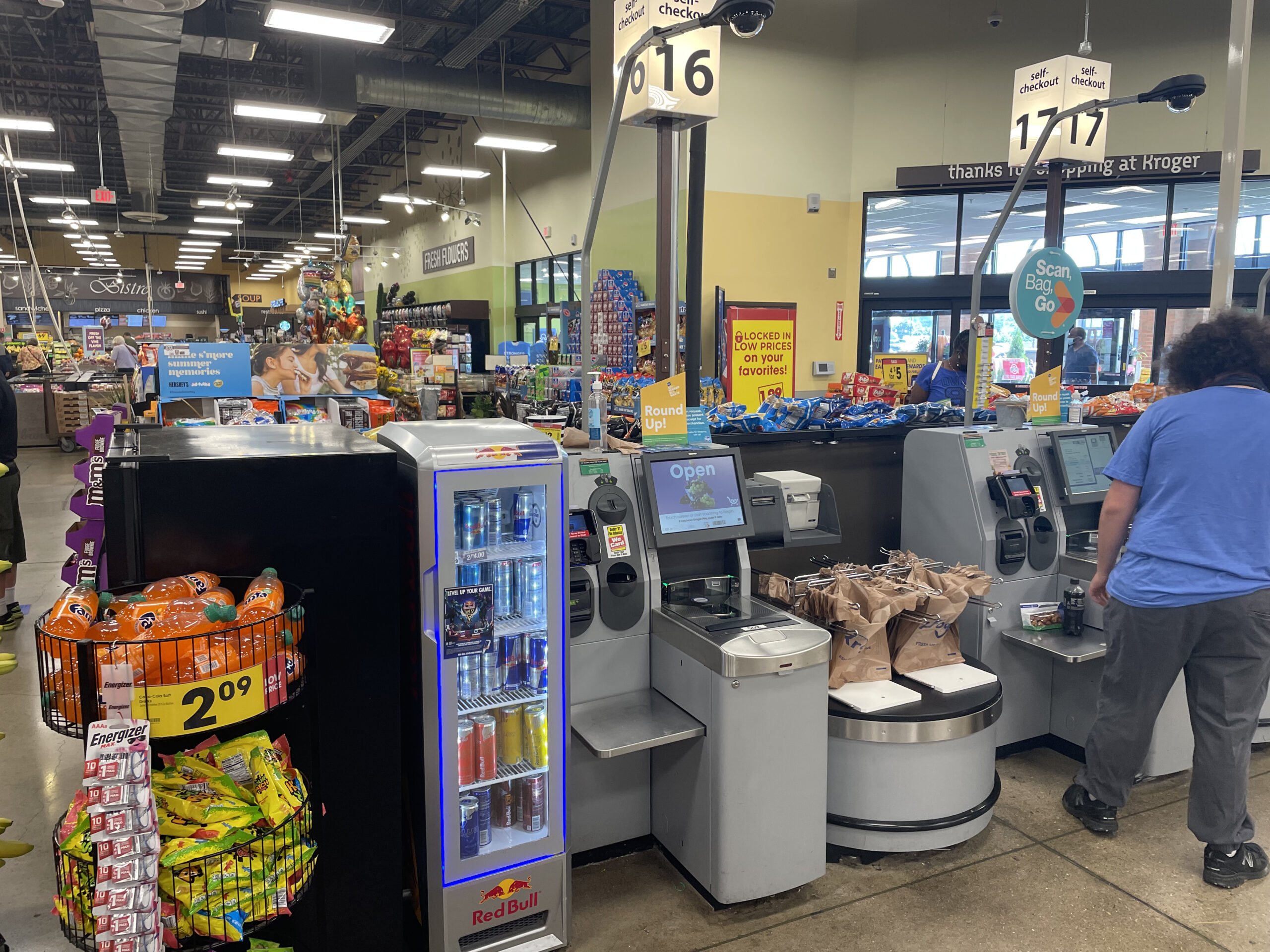
Did Kroger observe any shoppers going through this experience? Does anyone at headquarters even know any of the frustration points during this process? Will they consider this test a success? A failure? Will they know why? What were their goals? What are their success metrics?
Since I have worked on many front end design projects, run multiple research studies and completed digital-retail integration projects for major retailers, I am hypersensitive to retail experience. My wife wouldn’t have even tried KroGo if I wasn’t with her. But now that she has, she’ll likely never use that cart again.
Human-Centric Design
Issues expand beyond the technology friction. It’s clear a user-centered approach wasn’t applied because when we went to put the cart away in the parking lot, there was no signage at the cart corral. These carts seem special, it seemed odd to leave them with others in this hot mess of a cart corral. My wife walked the cart back into the store because she didn’t think it would be good for this “smart cart” to be left outside. Surely that’s not what Kroger intended. A user-centered approach would have led to signage that indicated it was okay to park the smart cart in the corral… or a notification on the cart that said, please return to the store.
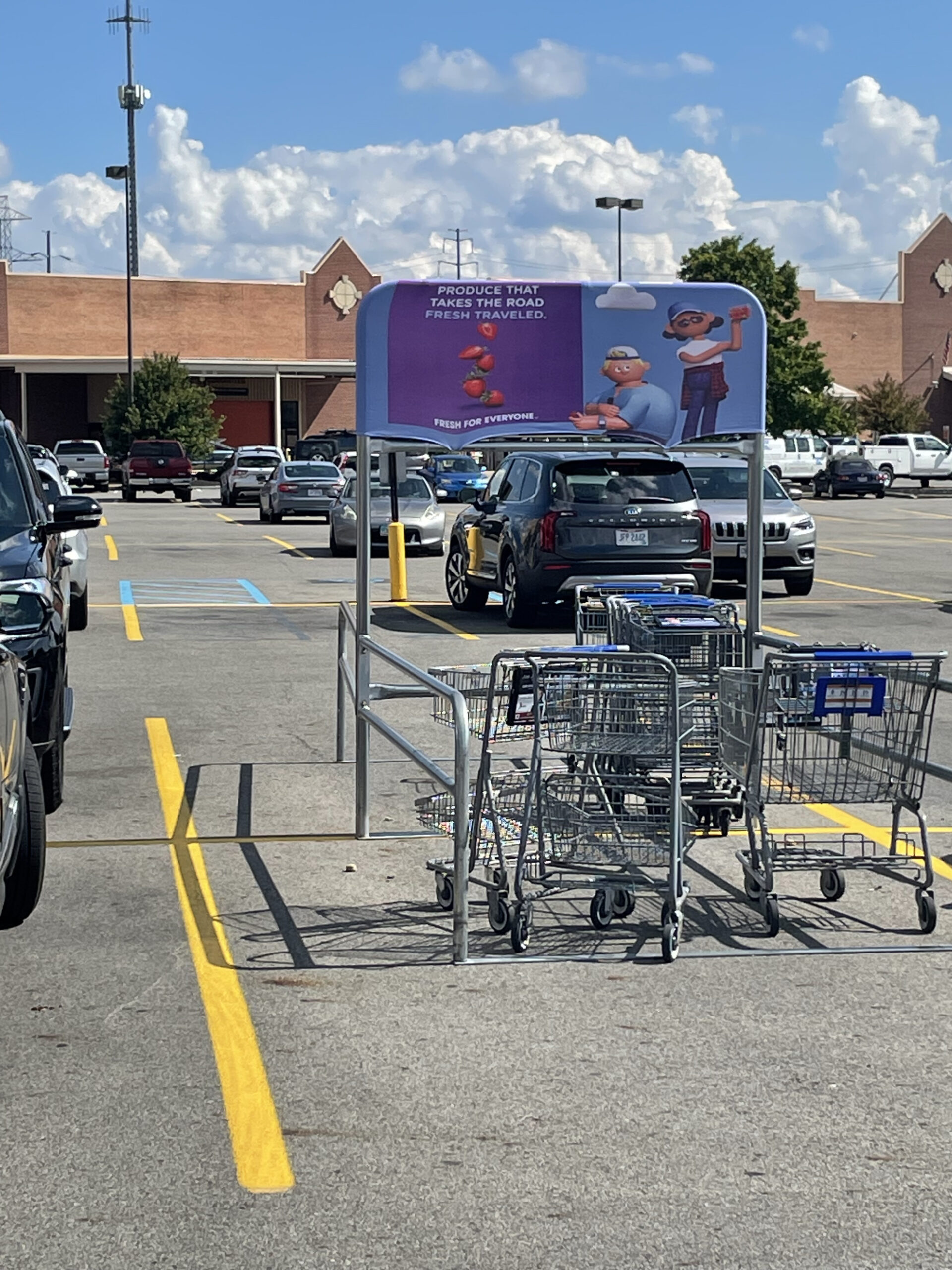
Human-Centric Approach
My recommendation on these types of projects is to use a design team who has experience in human-centered design. Consider the shopper’s journey and observe how shoppers interact with self-checkout today. Run some tests in a controlled environment and observe shopper unmet needs and pain points. And then design around those learnings.
If you are deploying a technology project and let technology lead, don’t. In my opinion, this was a technology-led project with little consideration of the shopper’s store experience beyond the cart. The shopper-need should lead. The total shopper journey is what you should design for.
Below are considerations for your next experience project:
Put the user at the center of your experience (get in their shoes)
Understand your shopper’s journey. Identify the unmet needs and areas you can improve their experience
Walk the pilot store and observe initial interactions with an experience, ideally by then you’ve worked out major kinks
If you are deploying technology, don’t let it be the lead
Never assume shoppers know what to do
Signage can make a difference. You don’t think people read, but signage is the first thing customers look for if something is confusing
If you don’t set up the test well, don’t discount poor results as indicative of bad technology or a bad idea
Would love to hear your experience with KroGo and whether it was better or worse than ours. Once someone tries it and is familiar with it, it is likely easier. However, setting hurdles like this do not do smart technologies any favors.